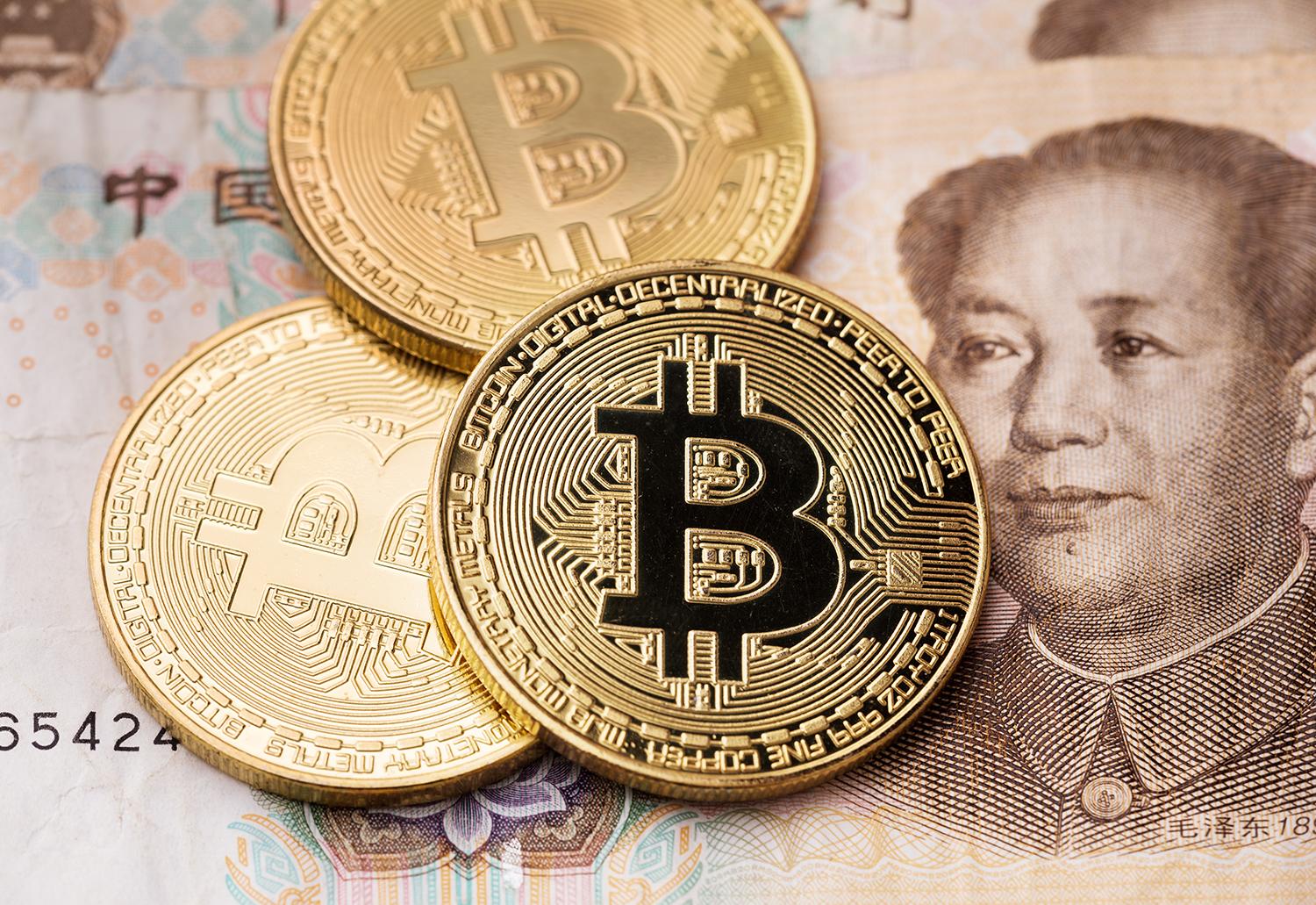Cryptocurrency trading platform
In December 2021, the Mainnet of the Pi blockchain will go live. The migration of Pioneer balances from their phone account to the Mainnet starts during this period. https://philippinetoursandpackages.com/ KYC authentication of a Pioneer precedes their balance migration to the Mainnet. In order to allow for sufficient time for millions of Pioneers to successfully complete their KYC verification, create utilities in the Pi ecosystem, and continue to iterate on our technology and ecosystem design, the Mainnet will have two periods:
At the same time, maintaining long-term network incentives is important. As explained under the Mining section, the network adopted a mining mechanism where the network mining rate halves every time the network size increases by 10 times, resulting in a series of halving events when it reaches various milestones of engaged Pioneers. The next halving event based on this model would be when the network reaches 100 million engaged Pioneers. Currently, we have over 45 million Engaged Pioneers. The network also retained an option to stop all mining altogether in the event that the network reached a certain size, which was, however, yet to be determined. The option to cap the supply of Pi was not exercised before Mainnet, therefore leaving the total supply undefined.
Having reliable Nodes running predictably over a long stretch of time is critical to the health of the blockchain. It is not a one and done contribution. Therefore, the uptime factor, port open factor, and the CPU factor are all calculated over varying time periods, where the value from more recent time periods are more heavily weighted than the time periods of equal lengths from a more distant past. Note, however, that the Node reward is a multiple of the uptime factor of the previous mining session. Hence, a Pioneer will not receive any Node reward in a given mining session if their Node was inactive for the entirety of the immediately preceding calendar day. Similar to the app usage reward, there is no passive reward for only the past contribution as a Node operator. This also means that a low uptime factor in the previous calendar day (even if the Node is active for a part of the day) will substantially reduce the Node reward in a given day despite high past Node contributions.
An overarching goal of Pi Network is to build an inclusive peer-to-peer ecosystem and online experience fueled by the Pi cryptocurrency through our app ecosystem. Therefore, Pioneers will have additional mining rewards for using Pi apps on the Pi apps platform through the Pi Browser, including ecosystem apps and third-party apps in the Pi Directory. The app usage reward for Pioneers helps the ecosystem in two ways.
Suppose individual A is the owner of a Pi account who wants to transfer their Mobile Balance. Pioneer A will only be allowed to transfer any of the Mobile Balance to the Mainnet when their identity is verified, i.e., when they pass the KYC. Let’s say this individual has Individuals B, C, D, and E on their Referral Team and Individuals D, E, F, and G in their Security Circle. So far, only individuals A, B, D, and F have completed their KYC verification.
China cryptocurrency
These regulatory and collaboration frameworks indicate a concrete step forward in letting crypto assets play a regulated role in the economy. They also promote global cooperation in the creation of the standards, which will facilitate the greatest amount of coordination. If these frameworks are applied to the criteria for macroeconomic net benefit laid out in this white paper, it is possible to project the macroeconomic effects. Looking forward, each upcoming regulatory agreement should be created with the macroeconomic impacts in mind.
The incidents seem to have prompted the moves to propose accounting and reporting guidance for crypto assets, as Reuters reported last year. In the EU, rules were being worked on before the bankruptcy of crypto exchange FTX.
Blockchain technology is also set to be involved in the next phase of the sharing economy, with some of the most striking examples coming in the field of smart cities. Governments know, for instance, that they can reduce congestion significantly by cutting down on street-side parking. By building a blockchain-enabled parking platform, which records real-time data about parking spaces, drivers will be able to reserve their spaces ahead of time and park on arrival.

These regulatory and collaboration frameworks indicate a concrete step forward in letting crypto assets play a regulated role in the economy. They also promote global cooperation in the creation of the standards, which will facilitate the greatest amount of coordination. If these frameworks are applied to the criteria for macroeconomic net benefit laid out in this white paper, it is possible to project the macroeconomic effects. Looking forward, each upcoming regulatory agreement should be created with the macroeconomic impacts in mind.
The incidents seem to have prompted the moves to propose accounting and reporting guidance for crypto assets, as Reuters reported last year. In the EU, rules were being worked on before the bankruptcy of crypto exchange FTX.
Cryptocurrency market cap
This negative sentiment appears to have been broken, with a number of corporate behemoths buying up Bitcoin since 2020. In particular, business intelligence firm MicroStrategy set the pace after it bought $425 million worth of Bitcoin in August and September 2020. Since then, many others have followed suit, including EV manufacturer Tesla.
The total crypto market volume over the last 24 hours is $226.6B, which makes a 24.59% decrease. The total volume in DeFi is currently $9.37B, 4.14% of the total crypto market 24-hour volume. The volume of all stable coins is now $210.31B, which is 92.81% of the total crypto market 24-hour volume.
MicroStrategy has by far the largest Bitcoin portfolio held by any publicly-traded company. The business analytics platform has adopted Bitcoin as its primary reserve asset, aggressively buying the cryptocurrency through 2021 and 2022. As of August 30, 2022, the company had 129,699 Bitcoin in its reserve, equivalent to just over $2.5 billion.

This negative sentiment appears to have been broken, with a number of corporate behemoths buying up Bitcoin since 2020. In particular, business intelligence firm MicroStrategy set the pace after it bought $425 million worth of Bitcoin in August and September 2020. Since then, many others have followed suit, including EV manufacturer Tesla.
The total crypto market volume over the last 24 hours is $226.6B, which makes a 24.59% decrease. The total volume in DeFi is currently $9.37B, 4.14% of the total crypto market 24-hour volume. The volume of all stable coins is now $210.31B, which is 92.81% of the total crypto market 24-hour volume.
MicroStrategy has by far the largest Bitcoin portfolio held by any publicly-traded company. The business analytics platform has adopted Bitcoin as its primary reserve asset, aggressively buying the cryptocurrency through 2021 and 2022. As of August 30, 2022, the company had 129,699 Bitcoin in its reserve, equivalent to just over $2.5 billion.



現在就與我們聯絡
專人為你評估最合適方案